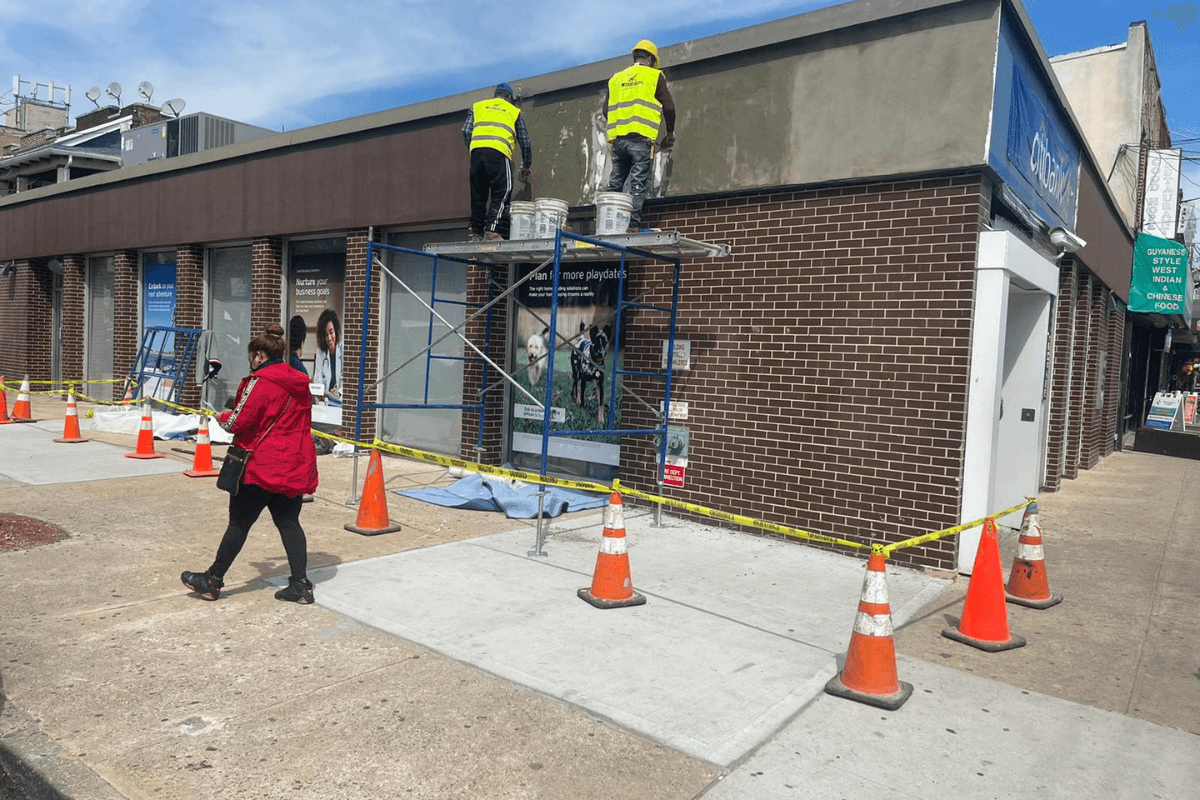Contact Your Waterproofing Contractors Near you!
Waterproofing is the process or protective measure that renders a substrate water-resistant or shields it from unintentional liquid infiltration caused by capillary action, hydrostatic pressure, and other external pressures. It is a procedure that guarantees the establishment of a seamless system via the use of flexible and long-lasting membranes.
1. Waterproofing using cement
The simplest form of waterproofing in building is cementitious. The suppliers of masonry goods may easily provide the materials for cementitious waterproofing. They are very simple to combine and use. The cementitious waterproofing technology is used in interior damp spaces like bathrooms. Because of this, the contract and expansion procedure is not used. Nywaterproofing Contractor is your Waterproofing Contractors Near you!
2. Liquid Waterproofing Membrane
Two topcoats and a priming coat make up the liquid membrane. The coatings can be applied using a sprayer, roller, or trowel. Comparing liquid waterproofing to cementitious waterproofing, the liquid layer is thin and gives more flexibility. On the wall, the liquid hardens into a rubbery layer. The coat’s elongation abilities can increase by up to 280%. Depending on the type of polymer the manufacturer employed to create the liquid waterproofing, the waterproofing coating’s longevity varies.
A liquid asphalt layer made of polymer-modified polymers can be used as a liquid waterproofing membrane. Various manufacturers also provide polyurethane liquid membranes in distinct grades for trowel, roller, or spray applications.
3. Waterproofing Bituminous Coating
Asphalt coating is formed of bitumen-based compounds, often known as bituminous coating. On the basis of its formulation and polymerization grade, it is a flexible protective coat. The grade of the polymer and the fiber reinforcement can have an impact on the flexibility and water resistance.
Areas below wet screed are where bituminous coatings are most often applied. It works well as a waterproofing and protective coating, especially on surfaces like concrete foundations. Unless it is treated with a more flexible substance like polyurethane or acrylic-based polymers, it is not suited for exposure to sunlight.
4. Waterproofing using Bituminous Membranes
Due to its dependable performance, bituminous membrane waterproofing is a common technique for low-sloped roofs. The bituminous waterproofing membrane features a self-adhesive membrane and a torch on the layer.
Asphalt, polymers, and filler are the main ingredients of self-adhesive compounds. Some resins and oils can also be included to enhance adhesion properties. The self-adhesive kind has a short shelf life since the membrane’s bonding abilities weaken over time. There are exposed and covered varieties of torch on membrane. To survive weathering, the exposed layer frequently contains granular mineral aggregate. To stop the membrane from being punctured, the contractor must apply one protective screed to the other type of membrane.
5. Waterproofing using Polyurethane Liquid Membrane
The flat roof section, which is exposed to weathering, is waterproofed using a polyurethane liquid membrane. This waterproofing technique is pricey. The flexibility of polyurethane liquid membrane may be increased. The level of moisture has a significant impact on polyurethane. The moisture level of the concrete slab must thus be carefully assessed before to application; otherwise, membranes may peel or de-bond over time.
Hire Nywaterproofing Contractor as your Waterproofing Contractors Near you at the most affordable prices!

